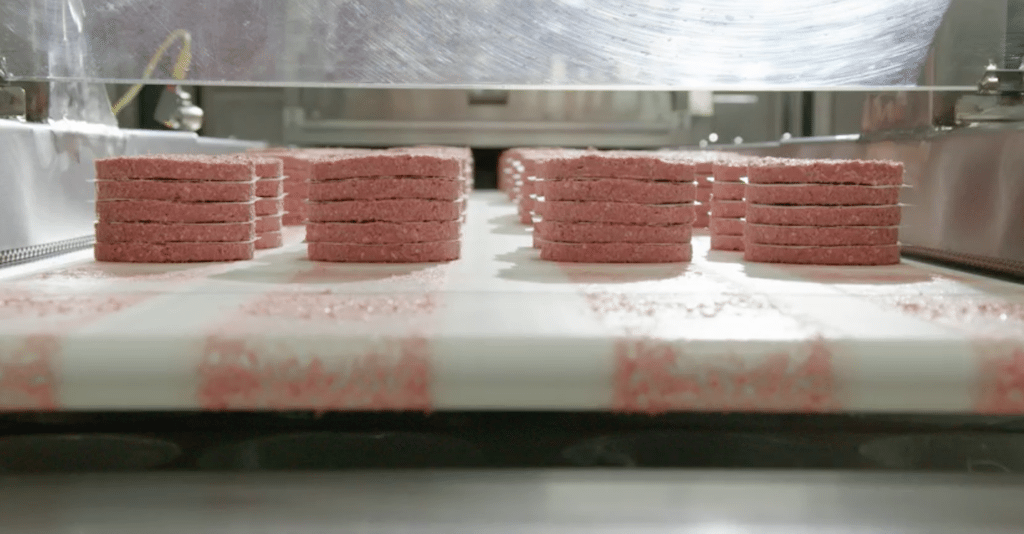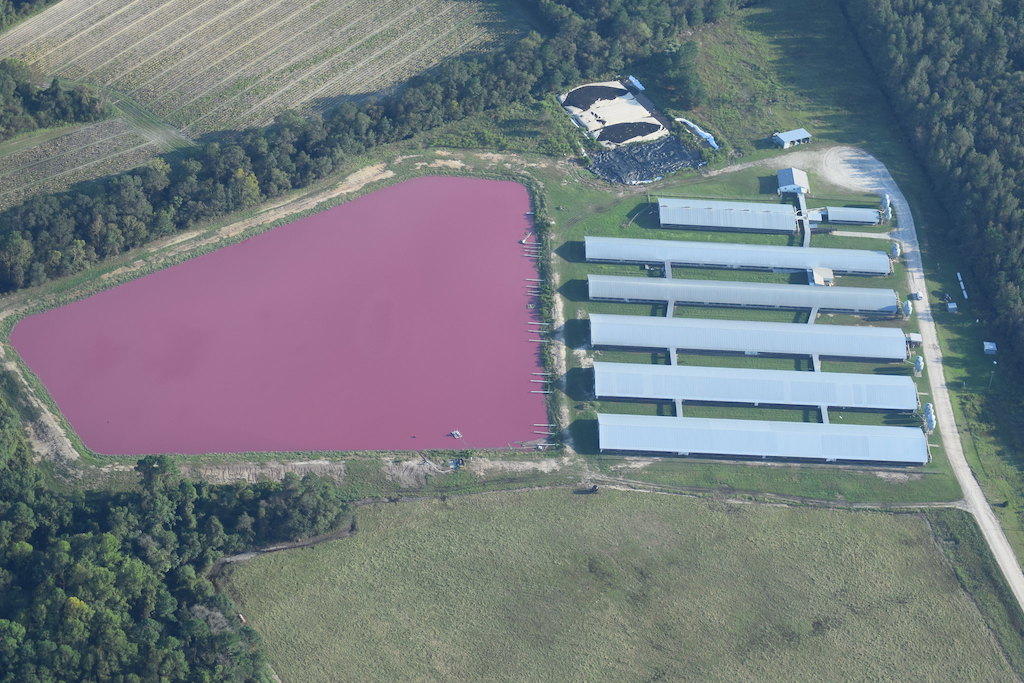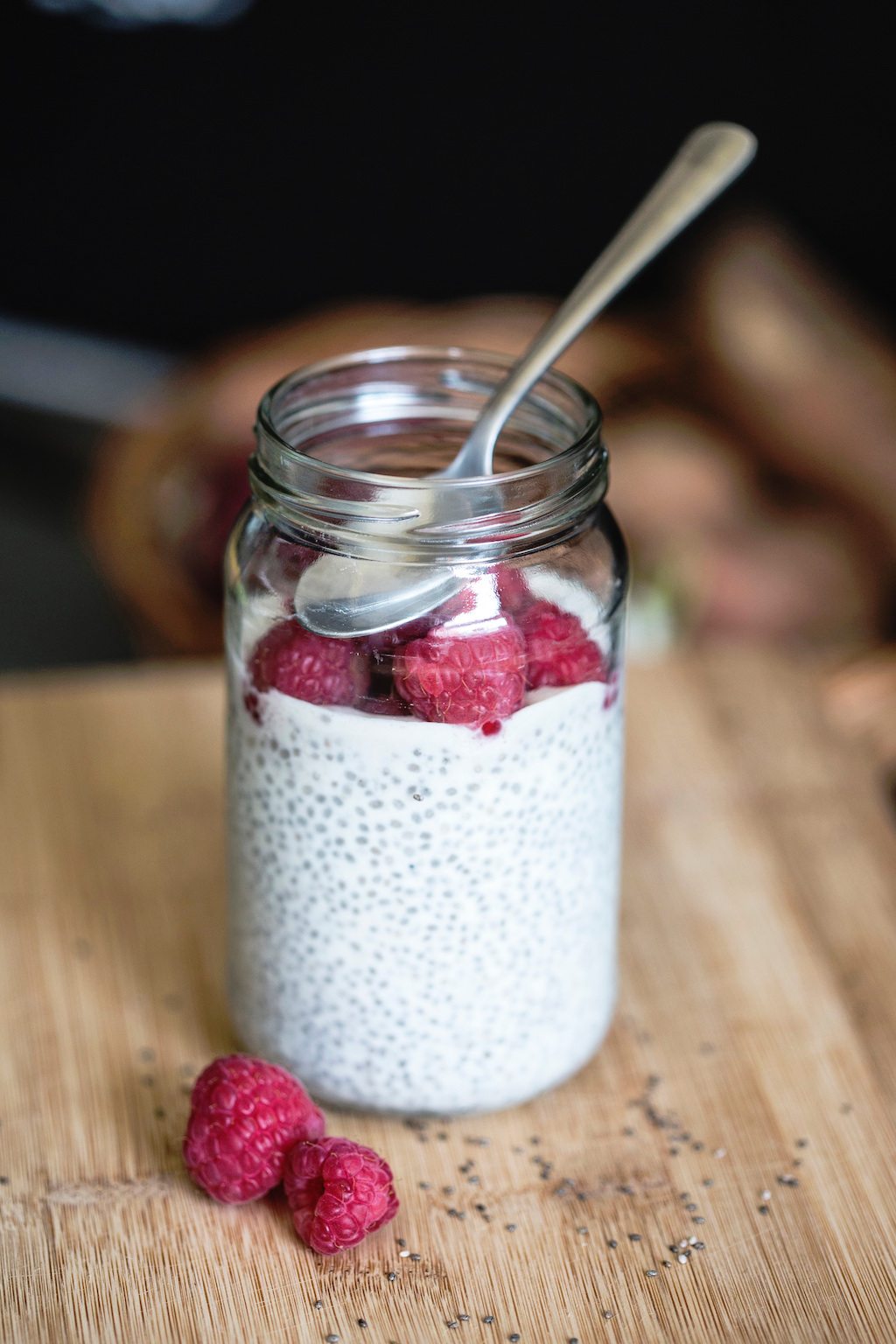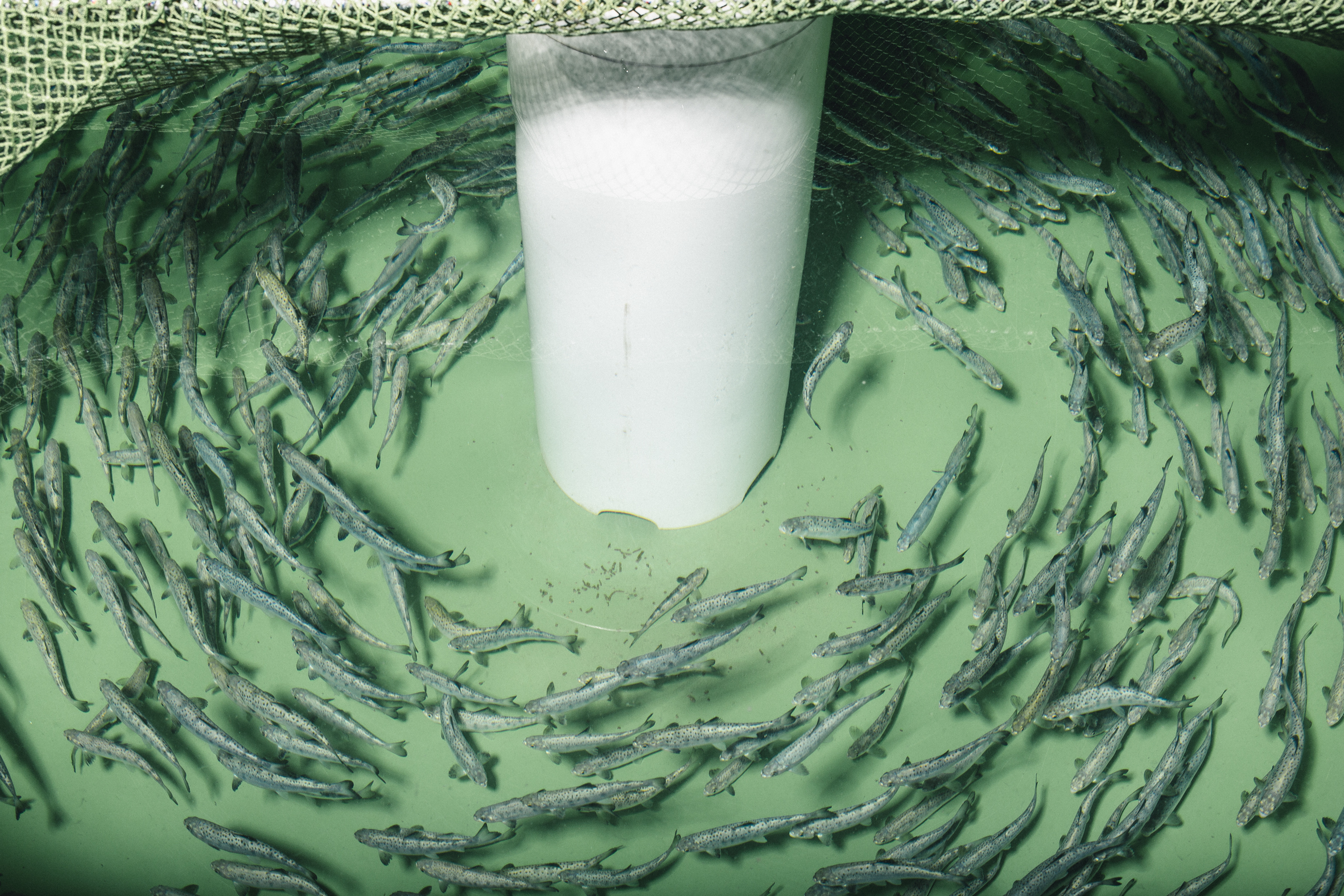
Impossible Foods
The neck-and-neck competition between Impossible Foods and Beyond Burger for domination of the fake burger market just got a little bit tighter.
Earlier this week, Beyond Meat announced stunningly high earnings for the second quarter of 2019. Impossible Foods has not yet gone public, but its popularity seems undeniable: The company has faced a burger shortage over the past few months after Burger King announced it would begin serving an Impossible Whopper in April. It’s gotten a major boost from celebrity investors including David Chang, Jay-Z, and Serena Williams. Sales have risen by 81 percent on delivery platform GrubHub.
Then, on Wednesday, the Food and Drug Administration approved soy leghemoglobin as a color additive. Soy leghemoglobin, which releases heme when heated, is the “plant blood” that lends Impossible Burgers their lifelike bloody quality; the ingredient’s FDA approval was seen as the last major hurdle before the product can join Beyond Burger on supermarket shelves.
Our columnist Pat Clinton explained how soy leghemoglobin works back in 2017. The ingredient is a globe-shaped protein found in the root nodules of the soy plant. Impossible’s ingredient doesn’t actually come directly from soybean roots—rather, the company has been implanting the gene responsible for leghemoglobin production into genetically modified yeast cells. As Clinton explains, the resulting red liquid isn’t technically a GMO; rather, “it’s a protein produced by genetically modified yeast cells.”
Then, the ingredient gets mixed in with the rest of Impossible’s recipe, most of which can be found in a standard veggie burger or other meat substitute. Impossible’s secret weapon—and potential competitive edge—comes into play during the cooking process. “When you heat up an Impossible Burger, the leghemoglobin releases its heme, just the same way myoglobin in beef would release its heme. Iron-rich heme is part of the characteristic flavor of meat—which is why Impossible wanted it in the first place,” Clinton writes.
Heme—the compound produced when soy leghemoglobin is cooked—falls under the FDA classification of “generally recognized as safe.” And restaurants have been serving the Impossible Burger for years. But FDA also wanted Impossible to get pre-market approval for the ingredient as a color additive before selling it directly to consumers in its raw form. On Wednesday, the agency granted that approval.
The new rules will be effective September 4, barring further objection from any person “adversely affected.” Bloomberg reports the company also announced plans on Wednesday to expand production through a partnership with OSI Group, a large-scale food producer.










